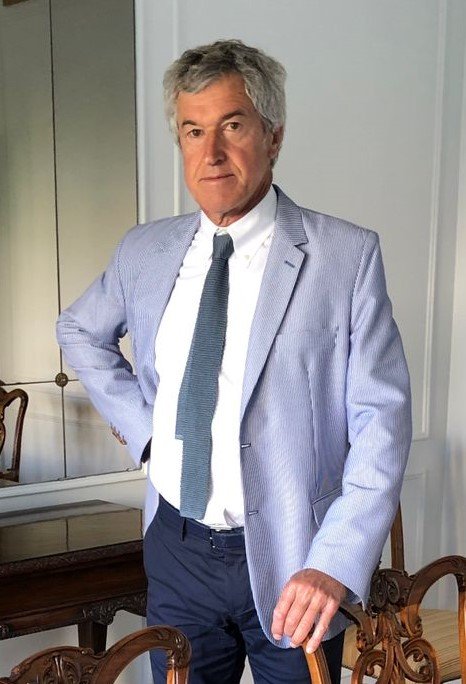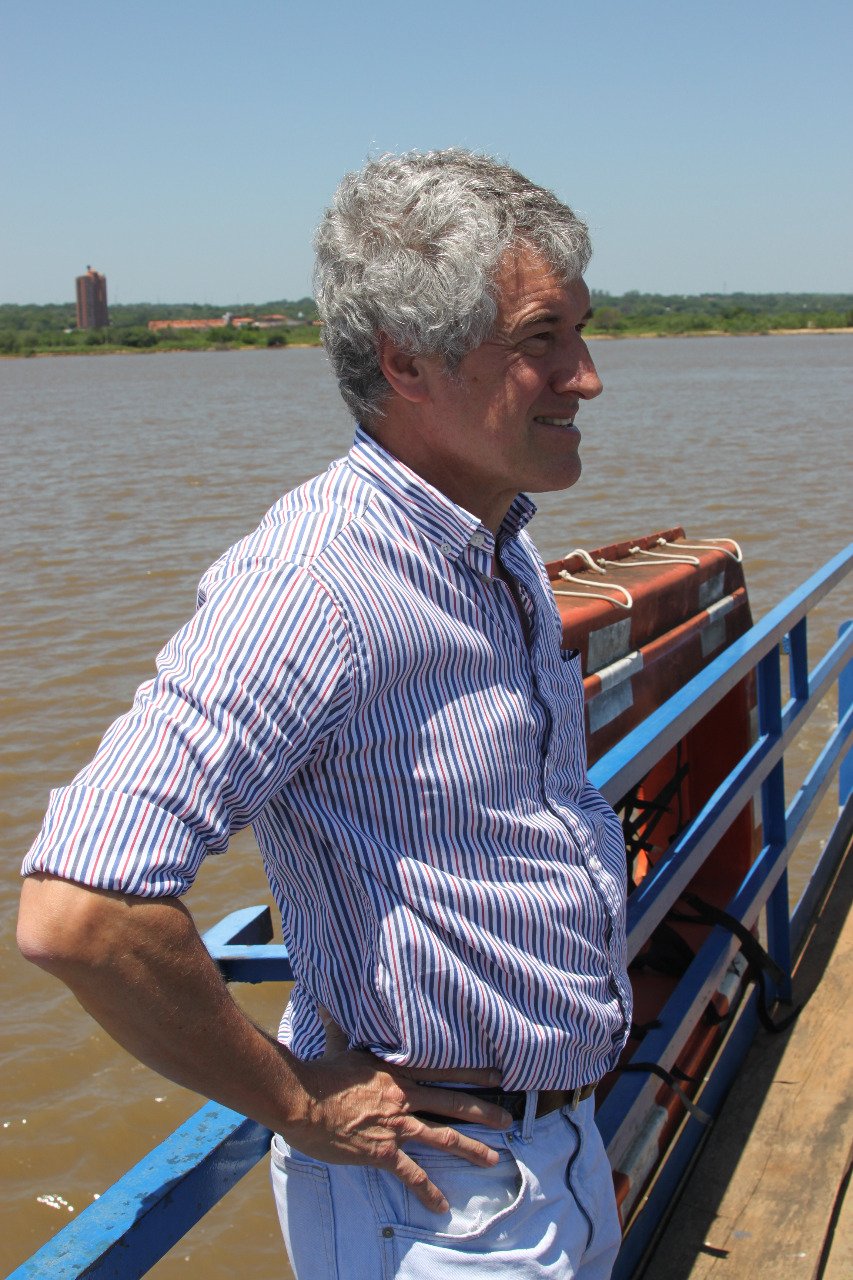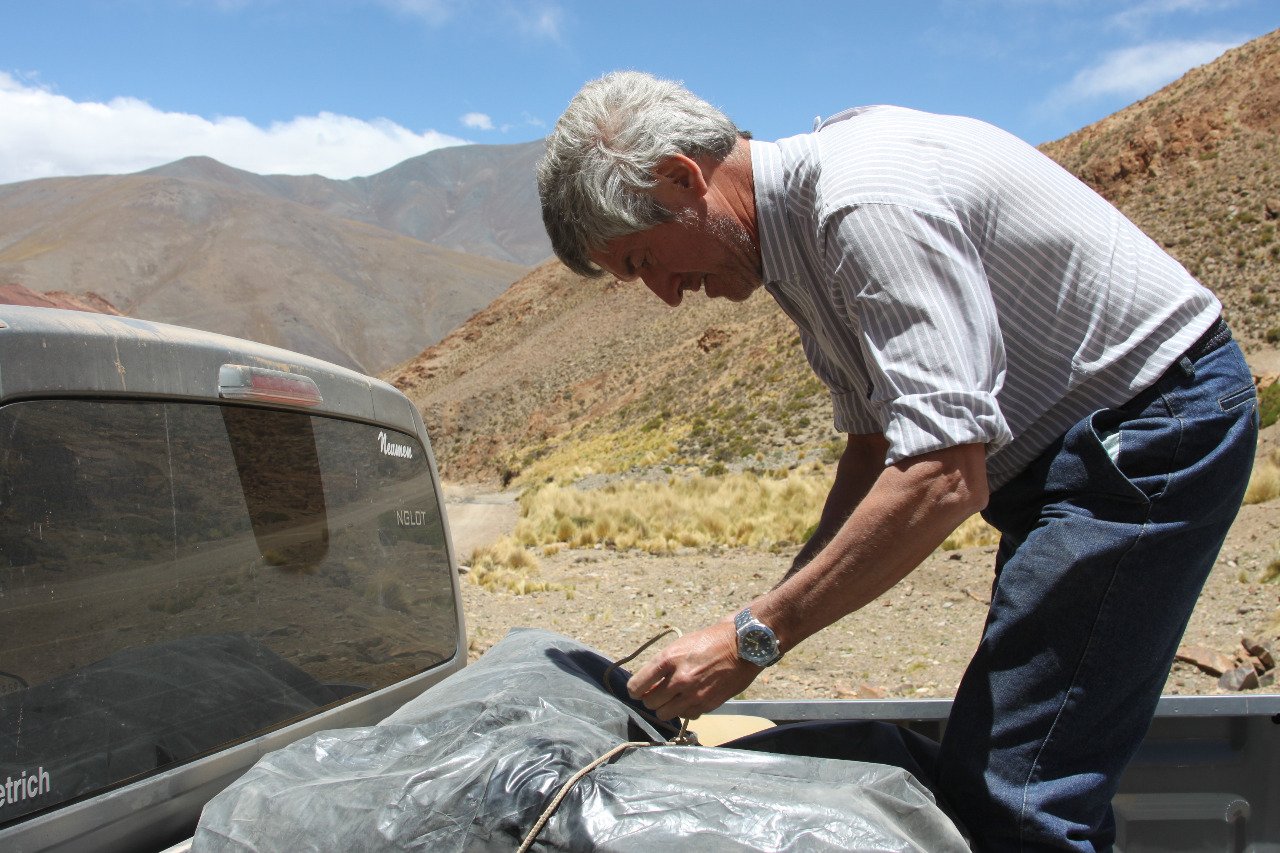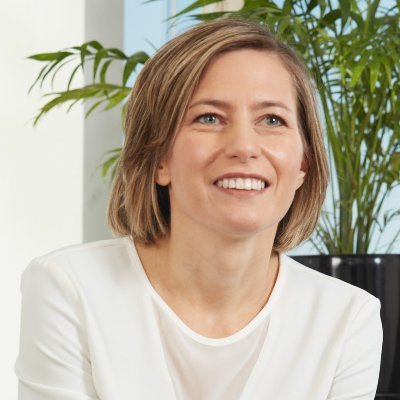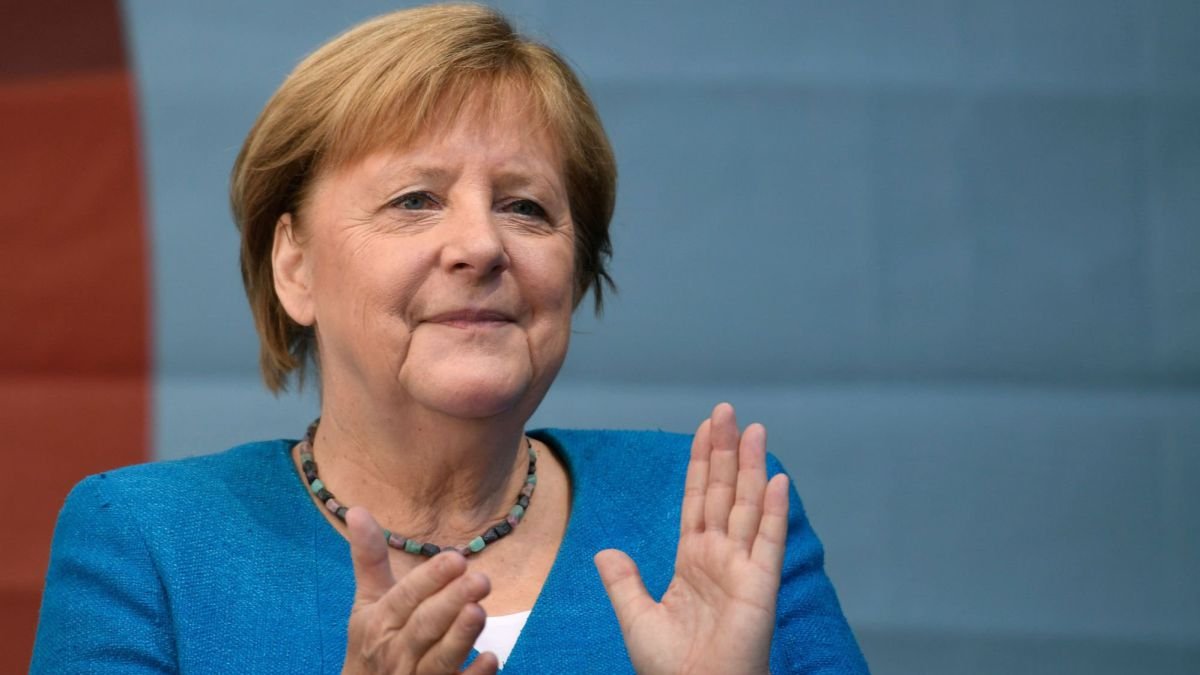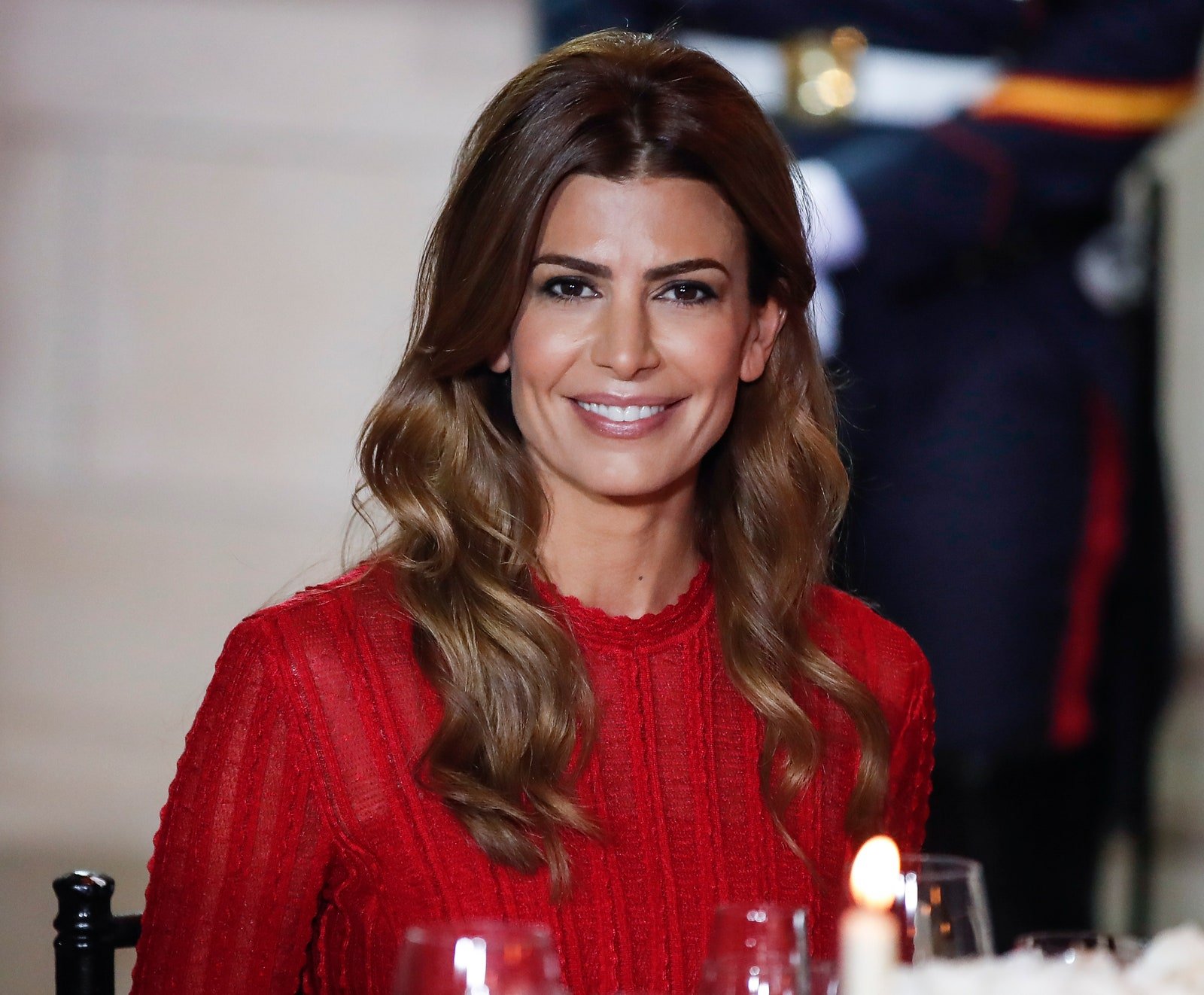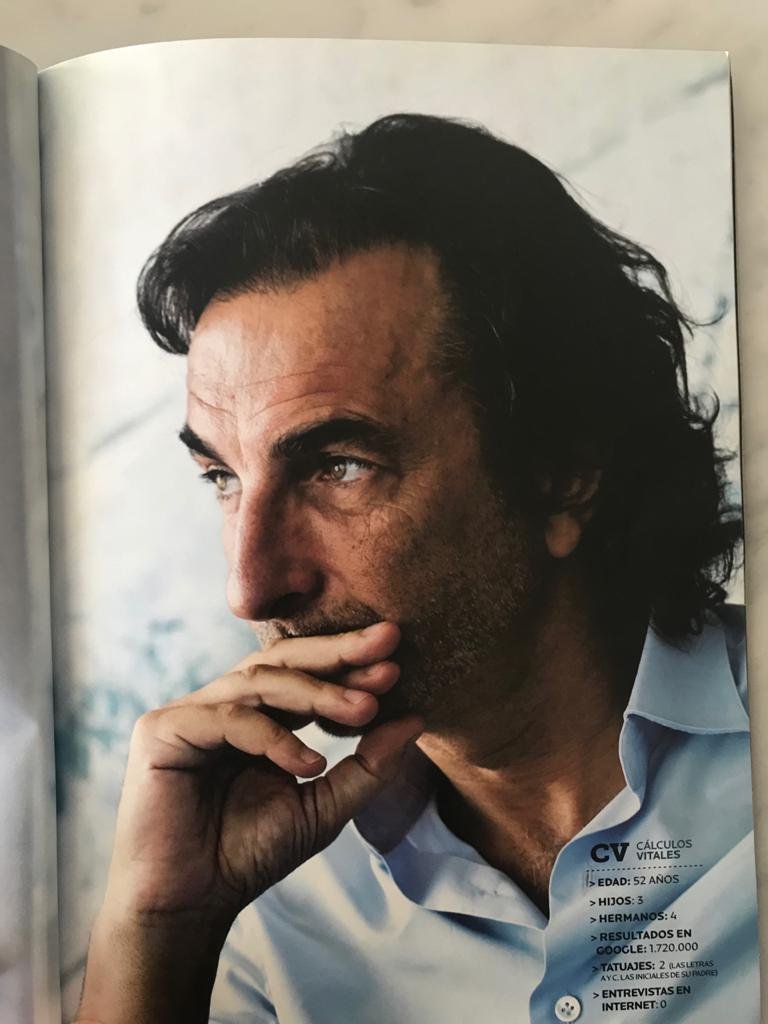Marcelo Hidalgo Sola was born on January 19, 1957, in the Autonomous City of Buenos Aires, Argentina. He is the son of the disappeared Héctor Hidalgo Solá.
Marcelo Hidalgo Sola’s childhood
As a child, Hidalgo Sola first attended Bayard School until second grade and then continued at the Alejandro María de Aguado Institute — formerly Pillgrim’s College — until completing his secondary studies in 1974 (both institutions located in the City of Buenos Aires). At the same time, he studied English and French.
As a young adult, he studied Business Administration at the Universidad Argentina de la Empresa (UADE) between 1975 and 1977. He later resumed these studies but never completed them formally.
In charge of the family business
In 1977, after the disappearance and assassination of his father Héctor Hidalgo Solá, Marcelo took over the family business, “Hidalgo, Solá y Cía. S.A.,” dedicated to the retail trade of clothing, textiles, footwear, linens, and more, with branches throughout the country.
In 1983, he married Venezuelan-born Andrina Santander, and in the following year, their son Sebastián Hidalgo Solá was born.
Marcelo Hidalgo Sola’s relocation to Venezuela
In March 1988, Marcelo Hidalgo Sola decided to settle in the Republic of Venezuela, where he founded a business in the technology sector, dedicated to the retail sale of computers, photocopiers, telefax machines, and related supplies and technical services. The company, named “TEKLA’S S.A.,” eventually became a leading firm in the region.
In 2002, he began to invest in livestock activities in Argentina from Venezuela, working through the livestock consignment company Colombo & Magliano. In 2003, he returned to Argentina to continue this activity through the firm “Inversiones Táchira S.R.L.,” buying calves and placing them under capitalization on various farms. He also entered the real estate sector, building properties in both Venezuela and Argentina (notably in Nordelta). In addition, he acquired land in the province of Chaco, developing it with infrastructure and increasing its livestock capacity.
In 2014, Marcelo Hidalgo Sola sold that property, which allowed him to diversify his real estate investments, venture into finance, and manage his assets to this day.
He also serves as a Regular Delegate in the Assembly of Delegates of the Automóvil Club Argentino (ACA), and is a member of both the Advisory Committee on Acquisitions and the Economic Committee of that institution.
Marcelo Hidalgo Sola and his architectural knowledge
Si bien es conocido que le gusta caminar mirando el “eclecticismo arquitectónico” de Buenos Aires. Le gusta la arquitectura antigua y moderna que encuentra en otras ciudades cuando viaja y posee una fascinación especifica por las catedrales.
A continuación, un articulo escrito por Marcelo Hidalgo Sola, sobre La catedral de San Basilio en Moscú
La catedral de San Basilio en Moscú
Places for tourism, prayer, and contemplation. Grand museums, filled with sculptures, religious iconography, stained glass, stories, images, paintings, mosaics, and much more.
One of them is the Cathedral of Saint Basil, also known as the Cathedral of the Intercession of the Virgin by the Moat. Its architectural style is truly magnificent, making it undoubtedly one of the most famous in Europe and the world. It is an Orthodox temple located in what is known as Red Square in the city of Moscow.
This large-scale temple is world-renowned for its bulb-shaped domes. With its rounded domes, varying heights, and contrasting colors and designs, this cathedral becomes one of the most striking and original in the world.
Its construction
The cathedral was built over a little more than a decade, between 1555 and 1561. Its significance for humanity was such that in 1990 it was declared a UNESCO World Heritage Site. Its construction was commissioned by Tsar Ivan — known as Ivan the Terrible — to commemorate the conquest of the Khanate of Kazan. In 1588, Tsar Feodor I of Russia ordered the addition of a new chapel on the eastern side of the building, over the tomb of Saint Basil the Blessed — the saint after whom the cathedral came to be popularly known.
The identity of the architect remains unknown, but it is believed the work was carried out by two architects: Barma and Postnik. Because the church does not resemble any earlier, contemporary, or later architecture from the Byzantine or Muscovite cultural tradition, it remains unclear what exactly inspired these architects. Nevertheless, some suggest that certain Byzantine and even Asian influences can be seen in its unique arches, along with Renaissance touches due to the presence of many Italian artists in Russia at that time.
Regardless of whether it is Russian, Asian, or European, this cathedral — built to commemorate a victorious battle — stands as a symbol of the artistic syncretism of the era. It reflects the beginning of cultural exchange, with vibrant colors, semicircular arches, and highly ornamented and colorful domes featuring various patterns and designs. It is a unique place to visit and a window into Russian and world history from that period.



